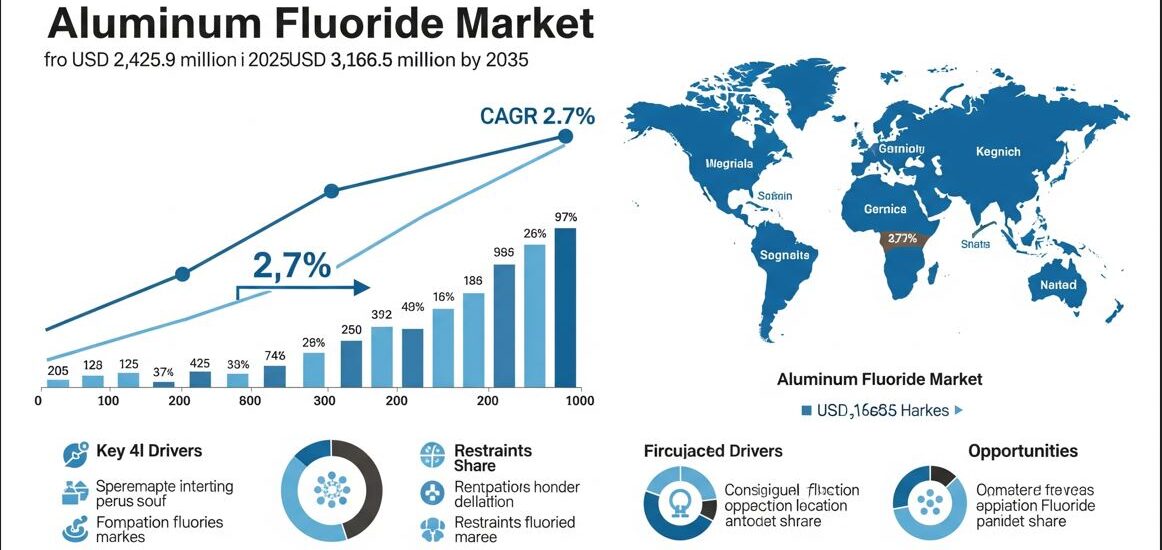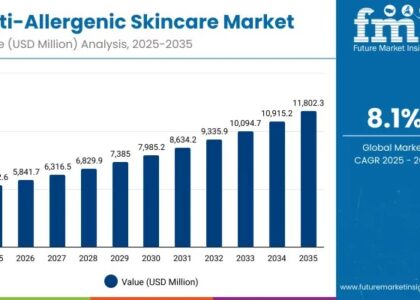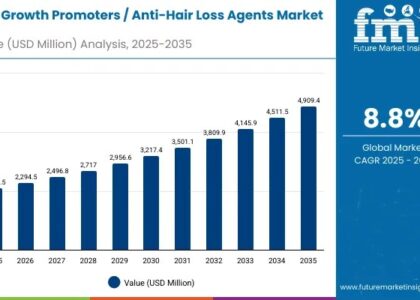Behind every ton of aluminum rolling off a smelter’s line lies a key ingredient that most of the world has never heard of: Aluminum Fluoride (AlF₃).
It doesn’t grab headlines like lithium or cobalt. It isn’t the centerpiece of government strategy talks or green energy debates. But without aluminum fluoride, the $300 billion global aluminum industry — the material backbone of cars, jets, skyscrapers, and packaging — simply doesn’t work.
The Aluminum Fluoride Market, according to Future Market Insights, is projected to grow from USD 1,561.4 million in 2023 to USD 2,223.8 million by 2033, at a CAGR of 3.6%. That’s not just growth — that’s momentum from a material that’s no longer optional but essential in the world’s push toward lighter, more energy-efficient manufacturing.
Yet, there’s a mounting crisis under the surface: supply fragility.
Aluminum fluoride depends heavily on fluorspar, a mineral classified as a critical raw material by many governments — and one with geographically narrow sourcing. China remains the dominant producer, but global demand is outpacing reliable supply channels. That bottleneck has left many countries, including the U.S., scrambling to build strategic reserves or seek out domestic alternatives.
Request Report Sample: https://www.futuremarketinsights.com/reports/sample/rep-gb-5941
This isn’t just about raw materials. It’s about industrial sovereignty.
The world is electrifying. From EVs to high-speed rail and wind turbine blades, aluminum is being used in record volumes for its strength-to-weight ratio and corrosion resistance. But all of that production hinges on stable access to AlF₃ — which lowers the melting point of alumina during smelting and improves efficiency. Without it, aluminum smelting becomes drastically more energy-intensive, economically unviable, and environmentally regressive.
Here’s the kicker: Recycling could help — but we’re not doing enough of it.
According to FMI, the rise of fluoride recovery programs—from fertilizer byproducts and spent pot linings—has the potential to reshape the industry. Europe is investing. China is experimenting. Even India is taking early steps. But the technology isn’t widespread, and the regulatory alignment isn’t there yet.
We’re at a crossroads. The industry can either double down on mining-intensive supply chains or take a bold leap toward circularity — extracting aluminum fluoride from industrial waste, recovering it from existing streams, and reducing dependency on vulnerable supply sources.
And let’s be honest: with global scrutiny over environmental impact mounting, doing nothing isn’t an option anymore.
Yes, developing secondary production routes will take time. Yes, purity standards are tough. And yes, some manufacturers still see recycled AlF₃ as a “risk.” But that mindset is a luxury we can no longer afford.
The real question isn’t whether the aluminum fluoride market will grow — it’s whether we’ll build it the right way.
Will we lean on outdated extraction methods, or lead with recovery technologies and smarter infrastructure? Will we widen the gap between major producers and vulnerable regions, or democratize access through innovation?
The aluminum fluoride market may seem invisible to most. But it’s holding up some of the most important supply chains on Earth. And it’s time the world started paying attention — before it’s too late.
Browse the Complete Report: https://www.futuremarketinsights.com/reports/aluminum-fluoride-market






